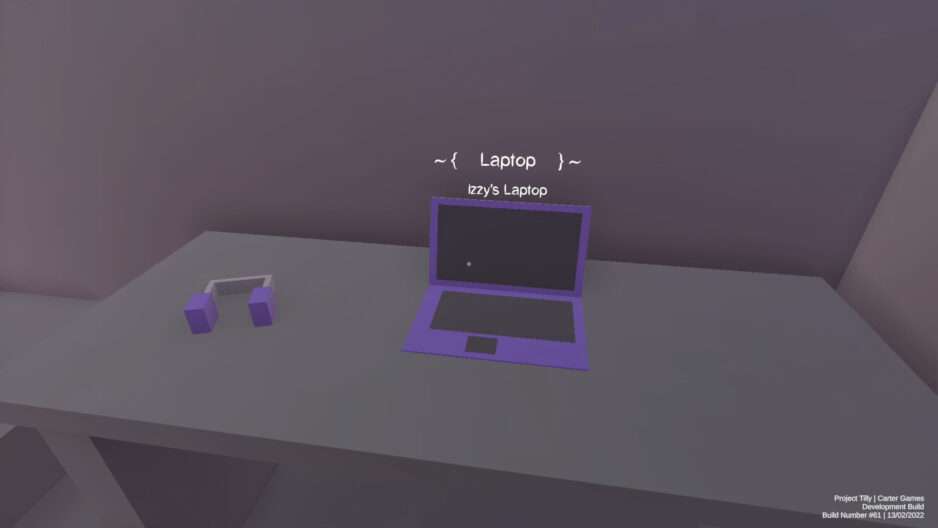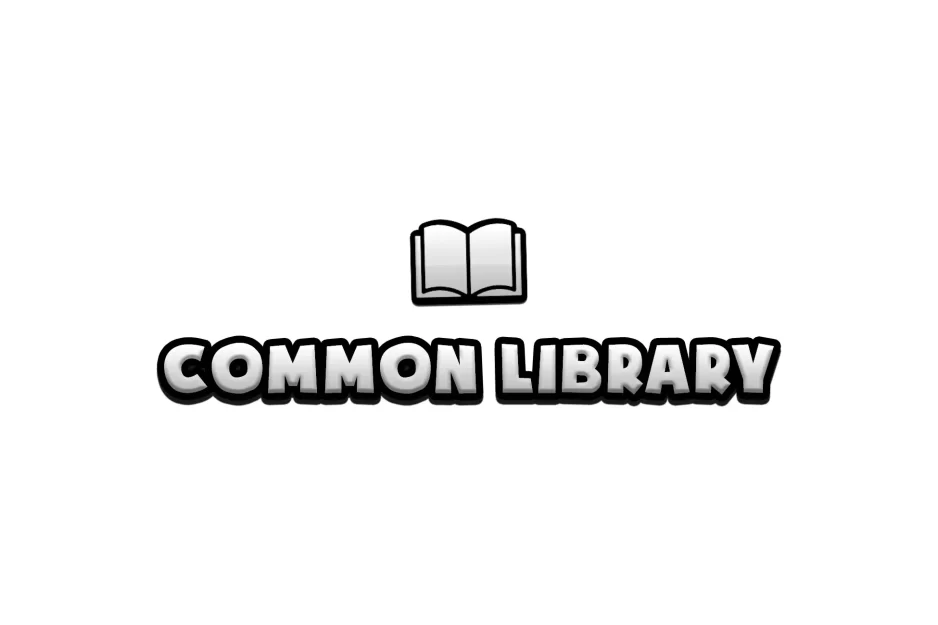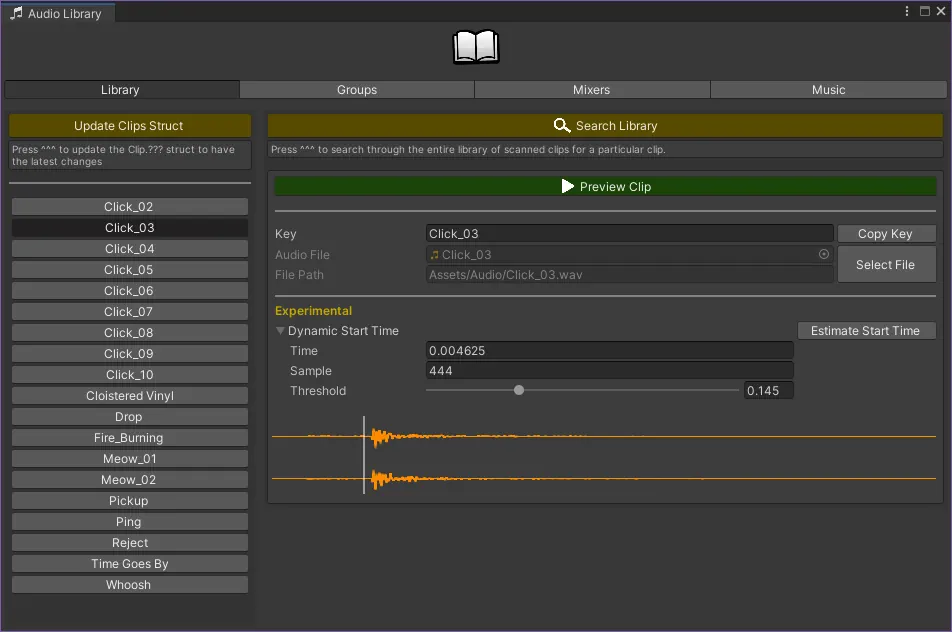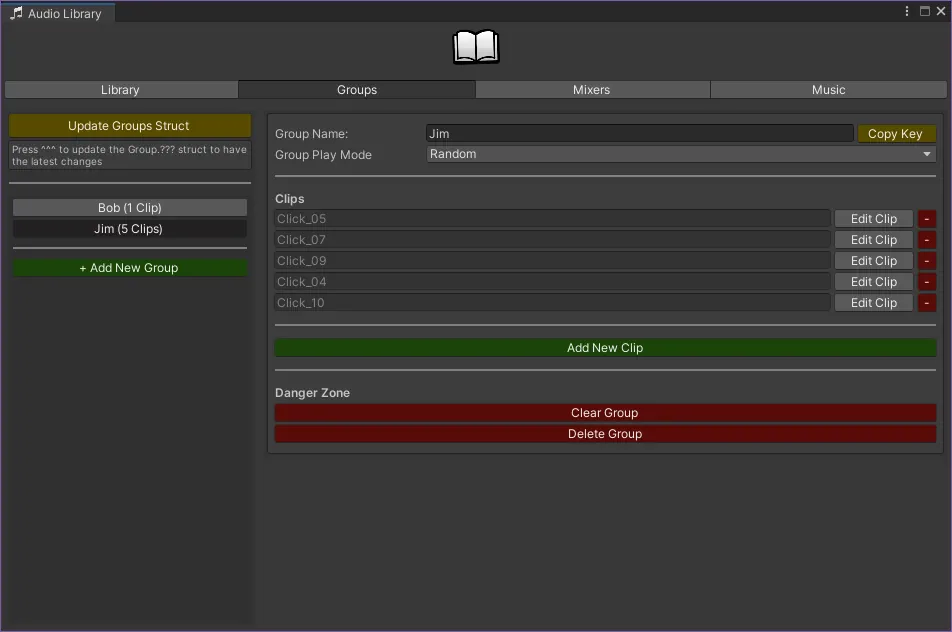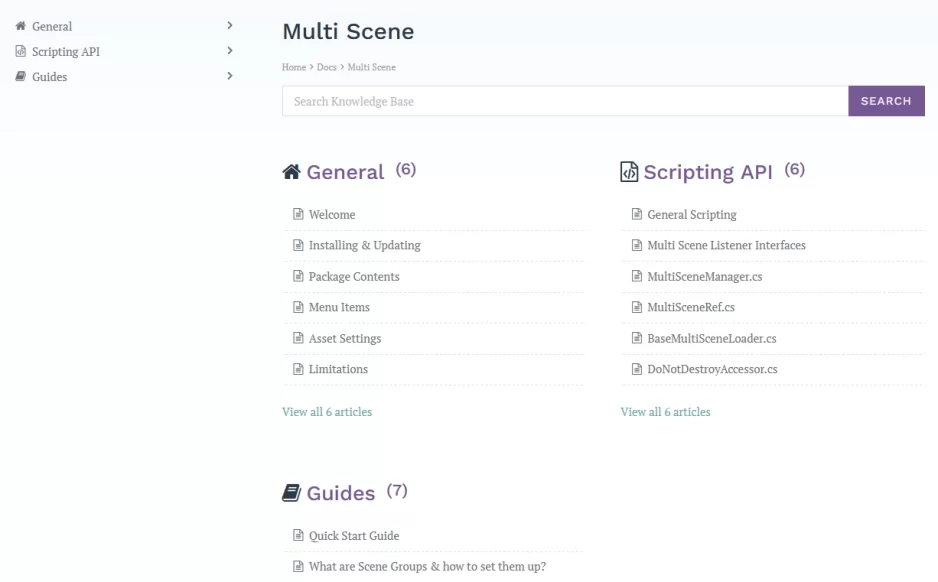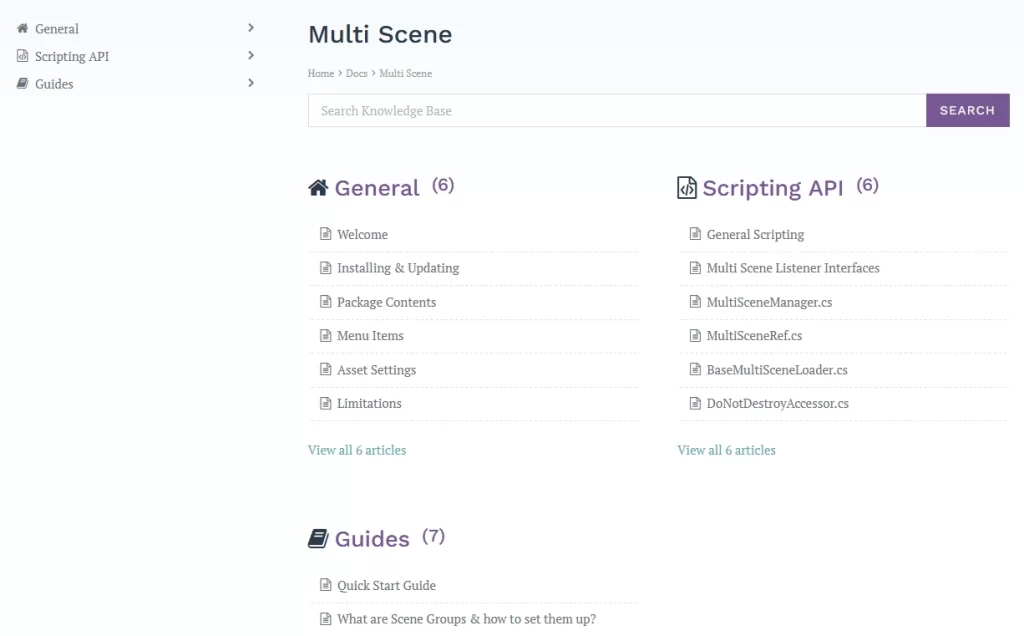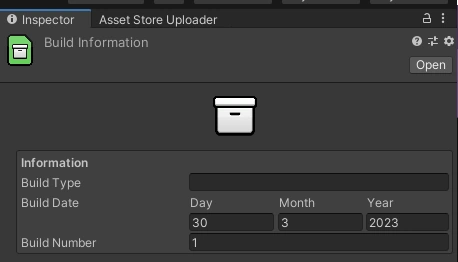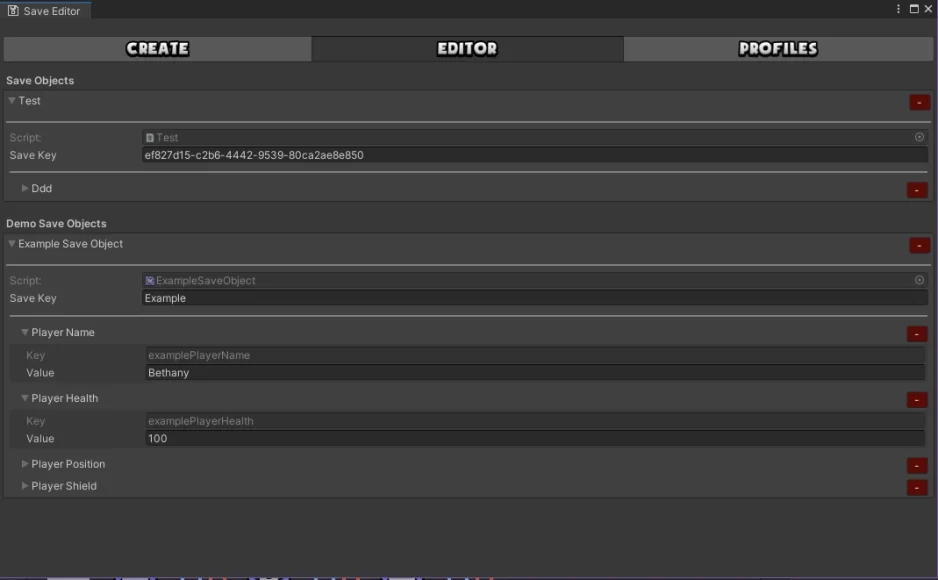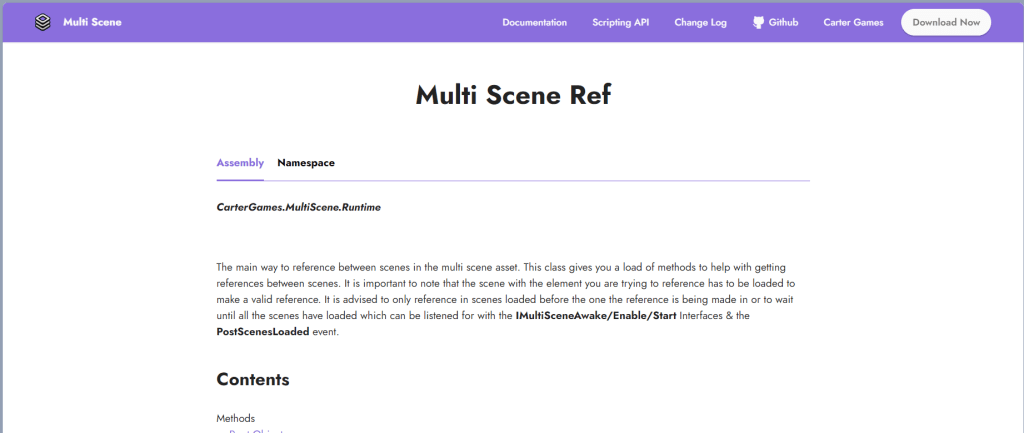An Update
An update on the whole Unity situation for Carter Games.
Just a quick post to update y’all on the whole Unity thingy. So as you’ll have likely seen by now they have announced they were reverting pretty much every change with the runtime fee thingy. The news is pretty good actually. Had they announced that to start with everyone would’ve liked it for the most part. Sadly they didn’t and the damage in trust is done. The fact that the original plan was what they though was good, despite their insiders from the community & staff supposedly warning them it wasn’t, just shows what matters to Unity as a company. Money & greed.
I’ve never been a fan of public companies & shareholders etc. Being a shareholder should mean taking the risk of paying out when a company is doing bad as well as getting some extra money when its doing well. Not just free money which it seems to be treated as today. I could rant about that for ages, but you get the idea.
As for Carter Games and its future developments. I’ll still be working in Unity for now with the assets I’ve made. Sadly other engines don’t quite have the things I like about Unity in them in quite as nicer setup. I’ve given both Unreal & Godot a go over the last few weeks. Godot certainly has promise, but its missing some key things for me currently. Those being a more in-depth inspector for exposing data classes, world space UI & some 3D bits that are early days. I do like the whole node setup though, that is nice. As for Unreal, looks good, but like 0 docs for C++ code which is a bit annoying. Blueprint is good and all, but I’d prefer to do the C++ a little if I went that route.
So future plans. I do plan to keep with Unity development stuff for now. So Audio Manager 3.x is still on the books to be released this year with an update to Leaderboard Manager sometime early next year. Next year is still in the air for what I’m doing, I do have some active side projects I want to finish as well as a game idea or two to flesh out and maybe prototype. But more specifics will be posted in the year in review post for this year. As for porting asset and stuff to other engines, some of them may be portable in a slightly different setup to Godot. But I’d need to do a lot more research. I’m also not sure I’d be able to make the same quality of asset automation in other engines, but we’ll see, it’s not totally off the table in the future. Audio Manager 3.x will likely be a bit delayed again…..I know, its a pain, but I want to get it right. That and it just takes time to develop, just like how games take a long time to make. I’ll keep y’all up to date on how that’s going.
That’s all for now xD
~ J,

